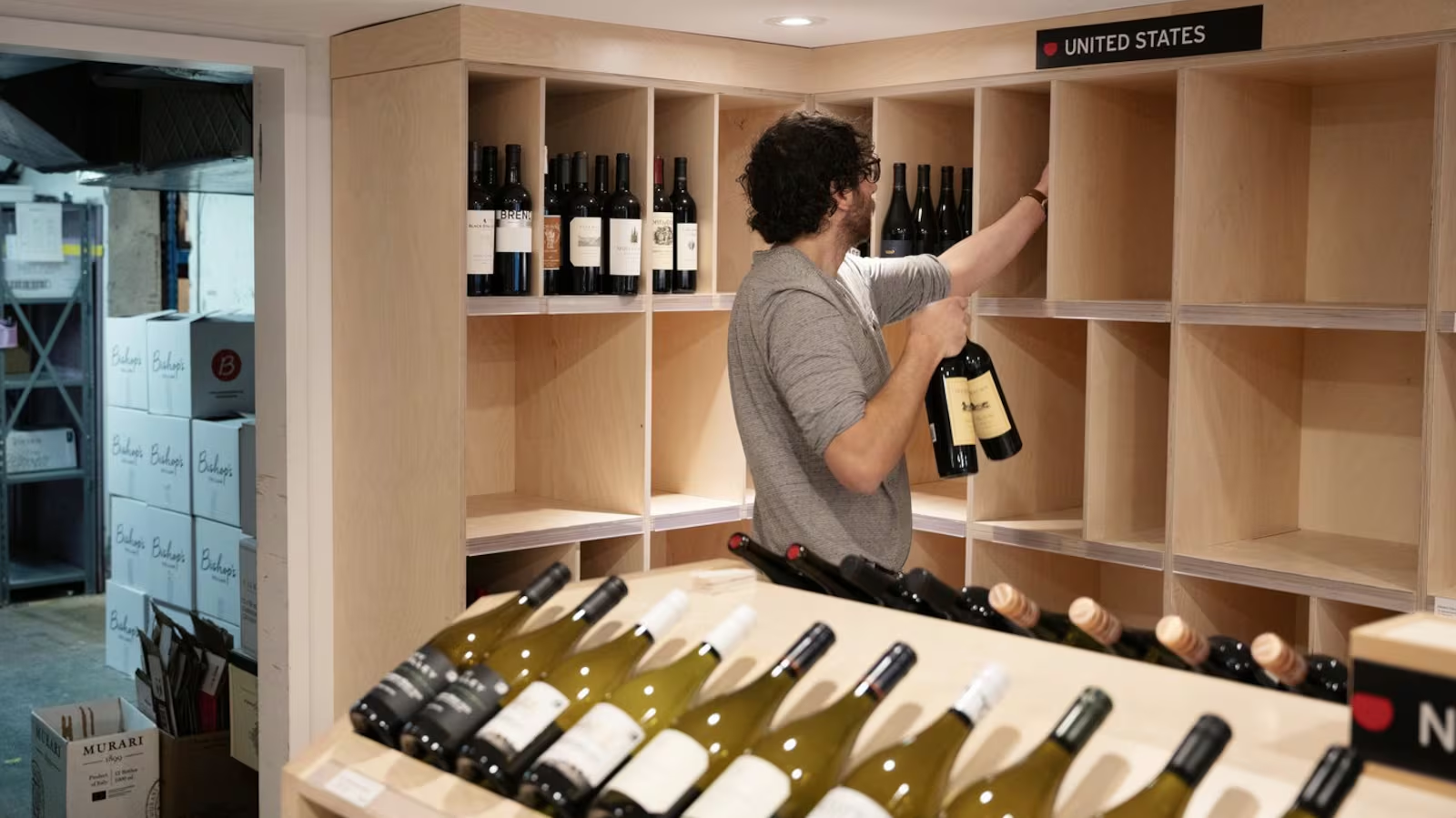HALIFAX — The escalating U.S.-Canada trade dispute has left an unexpected vintage on Canadian shelves — and it’s homegrown. After American wine sales in Canada plunged 91 per cent this year amid retaliatory tariffs and a “Buy Local” movement, Canadian vineyards are rushing to fill the gap and capture a growing wave of consumer patriotism.
At Holland Marsh Wineries in Newmarket, Ontario, vice-president Narek Nersisyan says he’s seen a surge of new customers — up 10 to 15 per cent over the summer — as more Canadians turn to domestic labels and regional tourism. “The customer’s a lot more educated now,” he said. “They come for tastings, stay for pizza and wine on the patio, and they’re proud to support local.”
The shift began in March, when U.S. President Donald Trump’s inflammatory comments about making Canada the “51st state,” coupled with sweeping tariffs on Canadian goods, triggered a sharp retaliation from Ottawa. In response, provinces began removing U.S. wines and spirits from liquor store shelves. The results were dramatic: according to the Wine Institute of California, U.S. wine sales in Canada dropped from $63.1 million in 2024 to just $9.6 million in the second quarter of 2025.
For Canadian producers, it’s both a challenge and a windfall. “None of us like the tariff talk, but it’s created a silver lining,” said Karl Coutinho, president of Wine Growers Nova Scotia. “This is a real chance for provinces like ours and the Nova Scotia Liquor Commission to get behind local.”
Still, Coutinho admits that Nova Scotia’s wineries — which currently hold only about 10 per cent of the NSLC’s wine market — will need to scale up to meet rising demand. “We’d love to see that number closer to 20 or 30 per cent,” he said.
In British Columbia, Jeff Guignard, president of Wine Growers BC, says local producers are also feeling the effects of U.S. supply gaps. “There are individual California wineries that produce more wine than our entire province,” he said. “Now that the shelves are open, we’re finally having serious conversations about what a 50 per cent Canadian market share could look like.”
Experts believe the opportunity extends well beyond domestic borders. Maria Pechurina, director of international trade at Peacock Tariff Consulting, says Canada could strengthen ties with European suppliers — particularly France and Italy, which already outpace the U.S. in exports to Canada — while exploring new markets in Asia. “China’s tariffs on U.S. wines have topped 200 per cent at times,” she said. “That’s a huge opening for Canada to market its wines creatively and expand globally.”
For boutique producers like Holland Marsh, the moment has sparked innovation. Nersisyan says the winery is expanding partnerships with local restaurants and building its wine club membership. “We’re not against American wine,” Coutinho added. “But they don’t need to dominate the shelves. Canada has an industry that’s ready — and willing — to meet that demand.”
With patriotic shoppers and international prospects aligning, Canada’s vineyards may finally be enjoying their moment in the sun — one poured glass at a time.

